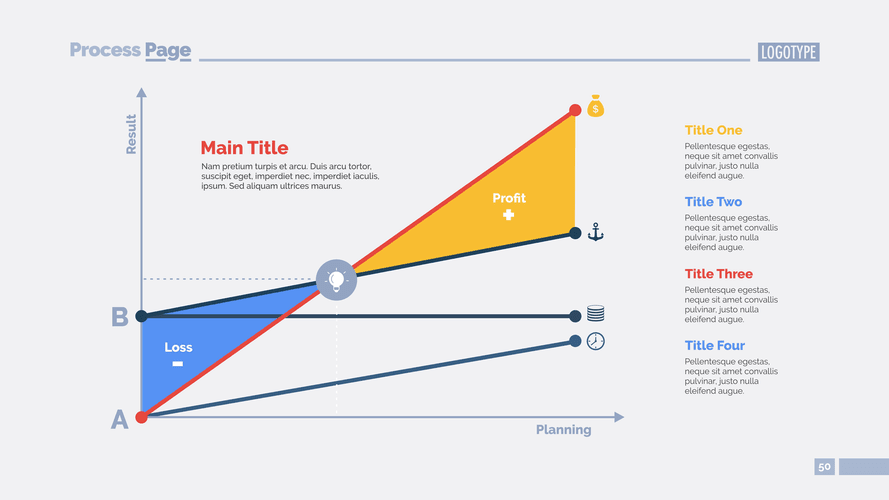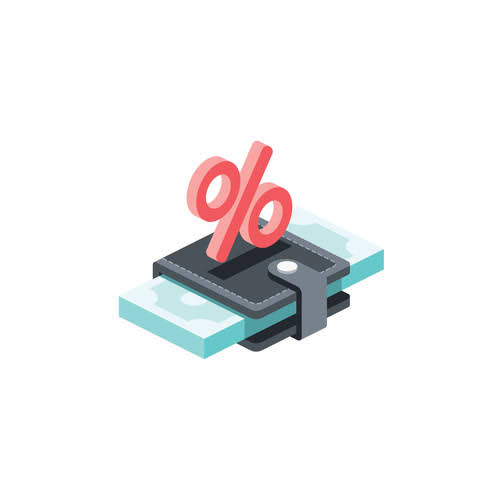Je winkelwagen is momenteel leeg!
Product Costs Types of Costs, Examples, Materials, Labor, Overhead

From a managerial standpoint, understanding the impact of time on cost allocation is crucial for budgeting, forecasting, and strategic planning. Selling expenses are costs incurred to obtain customer orders and get the finished product in the customers’ possession. Advertising, market research, sales salaries and commissions, and delivery and storage of finished goods are selling costs.
- Kristin is a Certified Public Accountant with 15 years of experience working with small business owners in all aspects of business building.
- Direct materials, direct labor, and factory overhead are combined to form the products to be sold, hence the term “product costs”.
- Examining these costs carefully during the overall decision-making process is very important.
- TranZact helps businesses focus on understanding fixed costs using reliable inventory valuation methods.
- Administrative expenses, such as office salaries, utilities, and accounting fees, are also included in period costs.
- By leveraging budgeting and forecasting techniques, businesses can improve financial planning, optimize resource allocation, and enhance decision-making capabilities.
- These two categories of costs are treated differently because they reflect distinct aspects of business operations.
The Financial Modeling Certification
The timing of these costs can significantly affect a company’s period costs financial performance and reporting. Period costs are not tied to a product or the cost of inventory like product costs are. Period costs are also listed as an expense in the accounting period in which they occur. Unlike period costs, product costs are tied to the production of a product.

Period Cost vs Product Cost

Managing administrative expenses effectively involves optimizing processes, reducing waste, and ensuring that resources are allocated efficiently to support the organization’s goals and objectives. Recognizing the importance of Period Costs in financial analysis allows businesses to make informed decisions, optimize performance, and achieve long-term success and sustainability. The management accountant must carefully evaluate the time expenditure to see if it will be included in the income statement. Monitoring and managing Period Costs helps businesses identify inefficiencies and control expenses to achieve cost reduction objectives. By accurately forecasting Period Costs, businesses can develop realistic budgets and allocate resources effectively.

Influence on business decision-making and strategy
When inventory is purchased, it constitutes an asset on the balance sheet (i.e., “inventory”). As a general rule, costs are recognized as expenses on the income statement in the period that the benefit was derived from the cost. So if you pay for two years of liability insurance, it wouldn’t be good to claim all of Bookkeeping for Etsy Sellers that expense in the period the bill was paid. Since the expense covers a two year period, it should be recognized over both years. The First-in, First-out (FIFO) costing method solves this by using the costs of the earliest-made products first. In FIFO, old costs of the beginning inventory are moved out all at once, so they don’t mix with current costs.

What are Period Costs?
First-in, first-out (FIFO) costing addresses this problem by assuming that the first net sales units worked on are the first units transferred out of a production department. Also termed as period expenses, time costs, capacity costs, etc these are apportioned as expenses against the revenue for the given tenure. Some examples include General administration costs, sales clerk salary, depreciation of office facilities, etc. Period costs are a subset of operating costs, specifically those expenses that are expensed in the current accounting period.
For example, a company will deduct expenses such as sales costs, overhead costs, rent, or marketing expenses from its total income to derive its net income. The product costs are the costs incurred by a company directly related to the production of goods. Direct allocation provides a simple and transparent way to assign costs to cost objects, making it easier to trace expenses and calculate the true cost of producing goods or services.